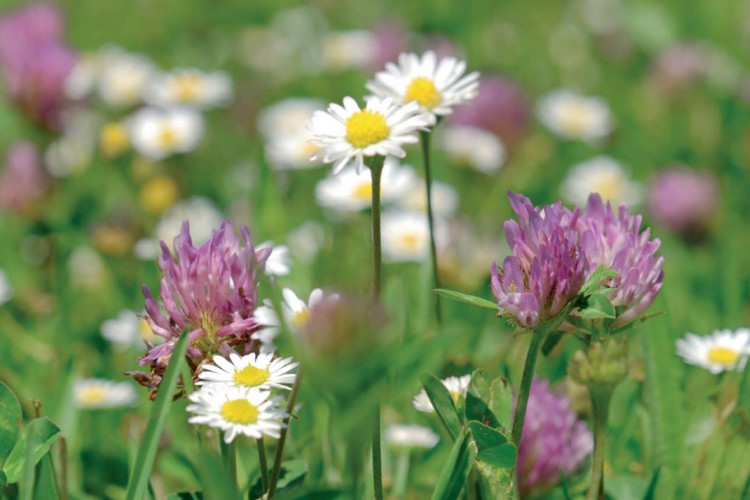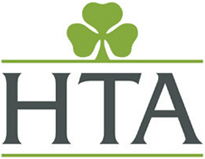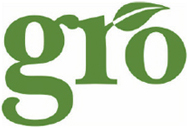Traditional Meadow Wildflowermat
Pricing options will be displayed when a postcode has been entered aboveTraditional Meadow Wildflowermat
Suitable for:
• Creating Traditional Hay Meadows
• Colourful Perenial Plantings
• Boosting Biodiversity
Our Traditional Meadow Wildflowermat is a very colourful 80/20 blend of 31 native wildflowers and 3 grasses, which typically were found in old fashioned hay meadows.
Ideal for open gardens and landscape areas which attract plenty of sun, our Traditional Meadow Wildflowermat when left to nature is very low maintenance with a wide biodiversity, which combined creates a stunning colourful relaxed planting area which grows to knee height.
However, by keeping the boarders trimmed and mowing paths through your Traditional Meadow, you can create a more formal appearance, blending in seamlessly with ornamental gardens and larger landscape areas when a neater appearance is needed.
Key Facts:
• 80% native wildflower meadow seed mix with 20% grasses.
• A vibrant colourful mix of perennial plants, with a small percentage of annual and bi-annual plants.
• Stunning traditional meadow flower varieties in shades of yellow, white, pink and purple.
• Requires cutting back once a year, with no other maintenance required
• Suitable for most ground applications, although a low fertility soil is preferred.
• Standard turf mat size is 2000mm x 500mm (1m2).
• The normal weight of Traditional Meadow turf is 24Kg per square metre (per roll), although this may vary slightly according to moisture levels. We therefore recommend having two people to install it.
• We recommend laying onto a 150mm minimum depth of low nutrient soil. Please click here to link to our Low Fertility soils.
Low Fertility Topsoil
Key Benefits:
• A vibrant colourful mix of perennial, annual and bi-annual plants for sustainability and lower maintenance.
• Not all of the flowering species are perennial. We’ve included some annual and bi-annual plants too. These may not appear every year, but when they do, they will bring a welcome surprise.
• Flowering period from late spring through to early autumn.
• Flowering Times: May – July (flowering times will be dependent on your soil type and local weather conditions).
• Traditional Meadow Wildflowermat creates a hugely valuable wildlife habitat for a wide selection of small mammals, birds, bees and pollinating insects.
• Traditional Meadow Wildflowermat is trimmed before despatch to minimise any damage to plants during transit. Therefore, Wildflowermat will not be in flower when delivered.
• To enjoy flowers in the first flowering season, you must install Traditional Meadow before the end of March so that the plants have time to establish prior to summer flowering.
• The balance of plant species in Traditional Meadow, is influenced by the local microclimate, weather conditions, plant management and pollinator populations. It’s a truly biodiverse and natural evolving, adaptable product, which will change appearance from year to year.
• Very easy to install, the ground stabilising mat is pre-populated with living plants. Simply prepare the ground as instructed, unroll, peg down (if on a slope), and water frequently until plants and roots are well established.
• Traditional Meadow is an important source of food for caterpillars and therefore a vital part of butterfly and moth life cycles.
• Traditional Meadow will produce an abundance of autumn seed heads producing a ready supply of insects and larvae for birds.
The mass of wildflowers will suppress annual weed seeds and helps stop weeds from germinating.
Where to Grow Traditional Meadow Wildflowermat?
Traditional Meadow Wildflowermat is suitable for a wide range of soil conditions but prefers to grow in full sun and moist conditions, such as well drained low fertility soil. It is happy on level surfaces or slopes and prefers a fairly neutral pH (7.0), but will tolerate all but the most acidic or alkaline soils.
As typically found in old fashioned hay meadows, low fertility soils help limit soil nutrients allowing wildflowers to establish and thrive with minimal competition. The low nutrients help to prevent grasses from becoming over vigorous, whilst also restricting the growth of other dominating plants so that they do not outcompete the wildflower plants in Wildflowermat.
For best results, lay your Traditional Meadow Wildflowermat onto 150mm of our Low Fertility Soil, which has been especially formulated for growing wildflowers. To learn more about our low fertility soil please click here!
Low Fertility Topsoil
Wildlife Friendly!
Traditional Meadow is grown outdoors on a wildlife friendly plant nursery. We actively encourage birds, insects and other creatures to share the benefits of the plants as they grow. We do not normally use Pesticides and Weedkillers in any wildflower turf production.
What is Traditional Meadow Wildflowermat
If you're not familiar with Wildflowermat, it's an innovative landscaping material that allows you to establish dense planting very quickly and easily. More reliable than seeding and less time consuming than plug planting, Traditional Meadow Wildflowermat can only be described as a flower garden on a roll. It's installed and established just like grass turf, but needs less ongoing maintenance than a lawn.
How to Install & Care for your Wildflowermat.
Easy to look after, once Traditional Meadow Wildflowermat has established, it can be left to grow unchecked all through the spring, summer and autumn months.
Maintaining Traditional Meadow Wildflowermat requires a different approach to any other type of gardening. Fertilisers and pesticides can stay in the shed - neither will you need your lawn mower. Wildflowermat can be left to grow unchecked between March and August. At the end of summer it is cut back to a height of 10 - 15 cm and all vegetation is removed. Mow once or twice in autumn to remove excess growth and leave over winter and your Traditional Meadow Wildflowermat will naturally start growing when the soils start to warm up in the spring.
What Seeds are In Traditional Wildflowermat?
Please note, percentages refer to the weight of the seed in the growing mix and do not necessarily reflect the proportions of mature plants.
20% native grasses
The addition of grasses help prevent the soil drying out whilst providing valuable shelter for insects, food for birds and perches for butterflies:
Sheep's Fescue
Slender Creeping Red Fescue
Crested Dogstail
80% native wildflowers
For a colourful display that provides lots of pollen and nectar to support beneficial insects all the way from early spring to late autumn.
Autumn hawkbit
Betony
Birdsfoot Trefoil
Bladder Campion
Catsear
Common Knapweed
Common Sorrel
Common St Johns Wort
Common toadflax
Common Vetch
Cowslip
Daisy
Field Scabious
Lady's Bedstraw
Meadow Buttercup
Meadow Cranesbill
Meadowsweet
Musk Mallow
Ragged Robin
Red Campion
Red Clover
Ribwort Plantain
Rough Hawkbit
Salad Burnet
Selfheal
Tufted Vetch
White Campion
Wild Carrot
Wild Marjoram
Yarrow
Yellow Rattle
Purchasing Options:
• This product is sold by the square meter (m2), Wildflowermat rolls generally measure 2m x 0.5m which equates to 1 sq.mt, but can vary depending on the cutting machine.
• There is no minimum order quantity, however delivery will be on a pallet, which can take up to 50 wildflower turf. So the please try to order as close to a full pallet as you can to keep the pallet delivery costs down.

-74x74.jpg)
-74x74.jpg)
-74x74.jpg)
-74x74.jpg)





